Yesterday i was in Amsterdam for the New Cultural Networks conference. The one day event, organized by the Sandberg Institute, aims to provide an opportunity to exchange new ideas and innovations in the area of media production.
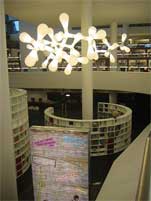
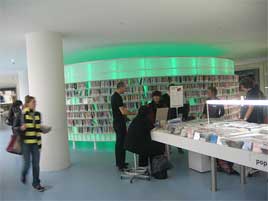
The conference took place in the super swanky Openbare Bibliotheek Amsterdam (public library). The outside is quite unassuming but the inside is amazing (images 1, 2 and 3). Designed by Dutch architect Jo Coenen, the building counts 7 floors, with a large terrasse, a theatre and a restaurant on top. The reading and study rooms are like terraces and are placed around large empty spaces.
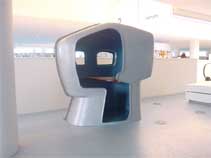
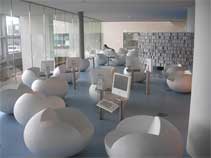
The talks were really good and i’m going to blog a couple of them. Starting with the presentation of Shu Lea Cheang, a multi-media artist working in the field of networked installation and performance, social interface and film production.
Some of her previous works engaged with sharing free wifi. In 2002, she was in Amsterdam with the performance Drive by Dining. It was the time when all those wifi technologies were happening and being discussed. They had wifi devices around the diner space and set up a crane to take pictures of the party and stream it on the web. It was an innocent time, since then the whole wifi technology has taken a much more commercial color.
Shu Lea is often engaged in collective network projects, setting up various platforms to take in artists which have different talents and skills in order to put up a project together.
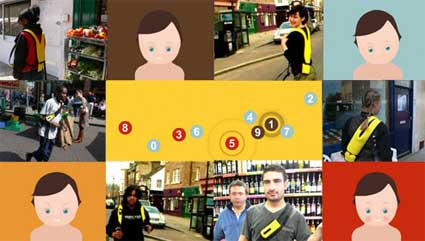
Since 2003, the artist has been working on take2030, a project which presumes that by 2030 the Internet, the wireless, the GPS, everything will go down. How do you connect? By using DIY technology, free network to share with your neighbours.
Together with Ilze Black and Alexei Blinov, Chu Lea created porta-pack, a mobile network on the go. It includes a modified wifi network system, a webcam, a signal-generation device and a GPS tracking unit. Through this wireless transmission device, people are able to interact and communicate regardless of geographical boundaries and without obstructions. You might develop a different connection with the people around you. You used to discuss mostly with people living at the other side of the planet and with the portapack you get out in the street and meet your neighbours.
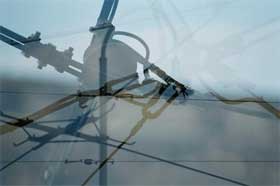 Another project developed with a group of other artists (forming the Mumbai Streaming Attack collective) is TRAMJAM, a “multi-track-multi-driver tramjam session.” The performance follows the routing and rushhour tram schedule of each of the city tramlines. Each sound artist chooses a tramline, designs and collects soundfiles that characterize that particular tram routing. The artists them join together on location and online to perform collective impression of the city limits, whose tramlines connectivity forms the city’s transport mainframe.
Another project developed with a group of other artists (forming the Mumbai Streaming Attack collective) is TRAMJAM, a “multi-track-multi-driver tramjam session.” The performance follows the routing and rushhour tram schedule of each of the city tramlines. Each sound artist chooses a tramline, designs and collects soundfiles that characterize that particular tram routing. The artists them join together on location and online to perform collective impression of the city limits, whose tramlines connectivity forms the city’s transport mainframe.
The group aims to continue its tramjam rushhour performance in cities where urban tramlines still exist. The next one will take place this month in Tokyo (where ironically the tram lines are dead and will have to be reactivated for the project).
The artist is currently working on a performance which will take place during Transmediale in Berlin, next February. The Moving Forrest, aka The Castle, is a much more narrative experiment. The 12 hour long performance will involve updating the Macbeth tragedy and covering the whole area surrounding the Haus Der Kulturen der Welt –which is extremely controlled by the government, with free wifi nodes and have a whole insurgency happen.
Related: How i Got Fucked in Norway, Snowed in Swiss, Kissed in Paris and Driven Crazy by Babylove.
